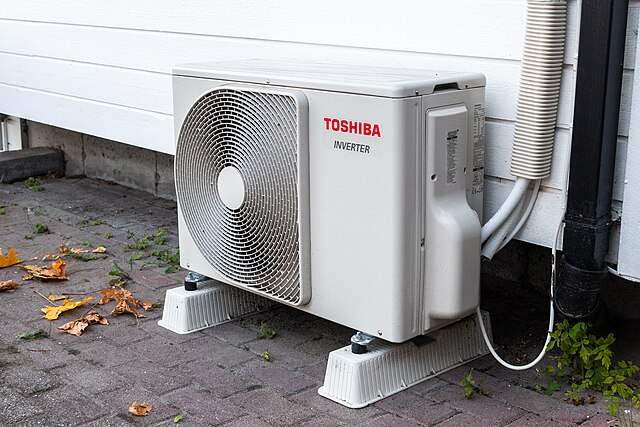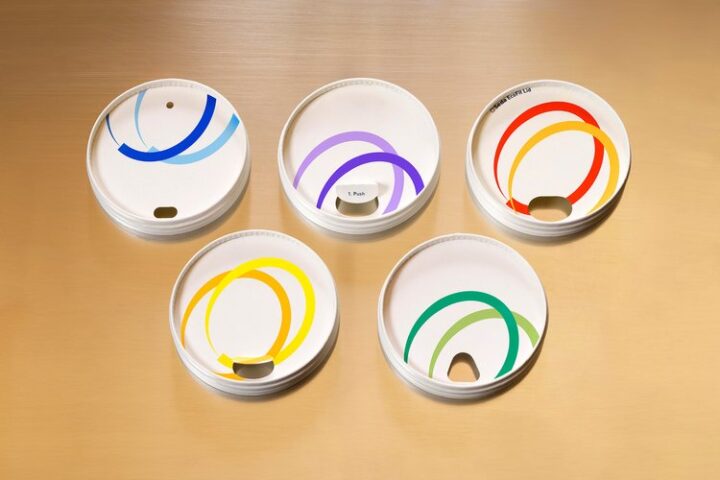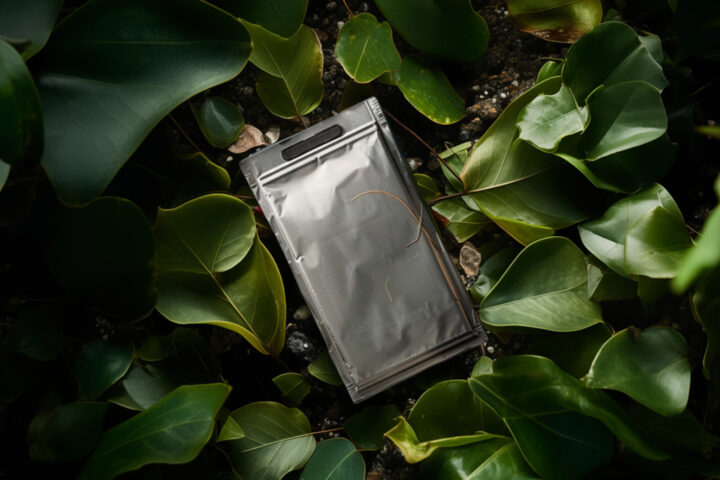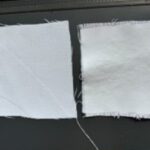Textile recycling at scale could help solve Europe’s waste problem—an 18 to 26 percent fiber-to-fiber recycling rate could be achieved by 2030
The report published by Mckinsey tackles the problem of textile waste in the context of Europe. More than 15 kilograms of textile waste per person has generated annually in Europe. The two largest sources of textile waste are discarded clothes and home textiles from consumers, making up more than 85% of the total waste.
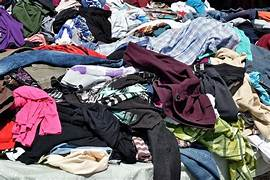
Textile waste is either destined to be incinerated or dumped in landfills, both of these options being extremely hazardous to the environment. Currently, the approach of the textile value chain is the “take-make-waste “logic where large amounts of resources are extracted to produce items that are only used for a short time. The textile industry is highly resource-intensive and waste-generating and contributes 3-10% to global greenhouse gas emissions. The environment-friendly goal is to change the textile value chain from linear to circular. This linear textile system puts pressure on resources, leaves many economic opportunities untapped, and has adverse effects on the environment
Analysis indicates that by overcoming these barriers, fiber to- fiber recycling could reach 18 to 26 percent of gross textile waste in 2030. To reach this scale, we estimate that capital expenditure investments in the range of €6 billion to €7 billion would be needed by 2030. In the base-case scenario around 15,000 new jobs could be created and CO2e emissions could be reduced by around four million tons.
Material production represents a large share of greenhouse gas emissions (around 38 percent of total clothing and textile industry emissions), resource usage (for example, freshwater), and pollutants (for instance, chemicals). Some other adverse environmental repercussions of the textile industry include:
- In the EU and Switzerland, between 7-7.5 million tons of gross textile waste is generated every year
- In total the global textile industry uses approximately 93 years; of cubic meters of water per annum; enough to meet the annual consumption needs of five million people. 3,800 liters of water is required to produce a pair of jeans!
- The clothing and textile industry makes use of 1,900 chemicals, of which 165 are classified as hazardous by the European Union. In addition, global textile production is estimated to be responsible for around 20 percent of global clean water pollution, due to the dyeing and finishing of products
- The increasing usage of synthetic fibers in clothing and home-textile products results in the release of microplastics into the environment during the lifetime of the product The long-duration plastic (PET) that is used to make synthetic fibers—like polyester—takes several hundred years to break down
Five major ingredients for the success of textile recycling
- Critical Scale: Critical scale across the value chain is required to provide sufficient feedstock to the necessary fiber-to-fiber recycling technologies and allow those recycling technologies to operate at scale.
- Real Collaboration: Business leaders across the value chain, investors, and
leaders of public institutions would need to come together to overcome the barriers to scale
- Transition funding: The textile industry upon maturity could become self-standing, transition funding will be needed in the near term.
- Investments. Several parts of the value chain must be built out almost from scratch, which requires significant capital expenditure
- Public Sector Push: Leaders of public sector institutions would have to help drive textile recycling. Measures including driving up collection rates, limiting the export of unsorted textile waste, etc should be taken up for increased circularity
Fiber-to-fiber recycling at scale can help address Europe’s waste problem by turning waste into value. The apparel and textile industry can start expanding the required infrastructure for collection, sorting, and closed-loop recycling today.
The transition from a linear to a circular model requires several impact levers—solving overproduction and overconsumption with a change to a “less-is-more” model is important but is still underdeveloped. New circular business models, like the resale of used clothing or rental and repair services, are being explored by start-ups and scale-ups as well as by incumbent brands and retailers.
Fiber-to-fiber recycling is immature. Closing the loop requires building a new circular value chain in Europe. New value chain steps to create a closed-loop textile circularity:
- Collection
- Sorting for reuse
- Sorting for recycling (fiber sorting)
- Pre-processing
- Recycling
Four available technologies for textile recycling
There is a series of recycling technologies emerging across four main technology archetypes that have the potential to jointly recycle 70 percent of Europe’s textile waste into fibers for closed-loop applications. With the possibility of reducing the carbon footprint up to 90 percent for certain fiber types, in comparison to the virgin material counterparts, as well as lower land and water usage and lower chemical pollution, the environmental incentives to pursue textile recycling are substantial.
- Mechanical recycling
- Thermo-mechanical recycling
- Chemical recycling
- Thermo-chemical recycling
Mechanical recycling technologies are the most CO2e emission-friendly, with a CO2 reduction potential of 60 to 90 percent across all fiber types on spun fiber levels
All stakeholders across the textile recycling value chain must act now to accelerate the industry’s development.



